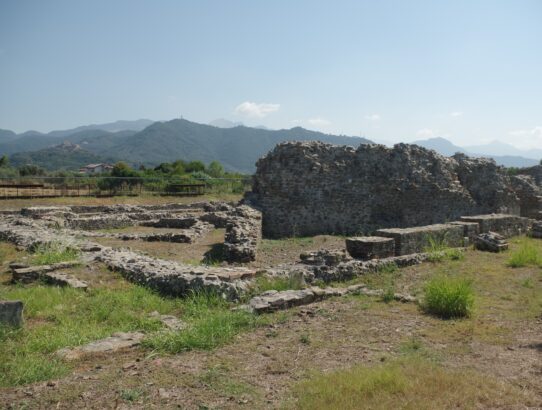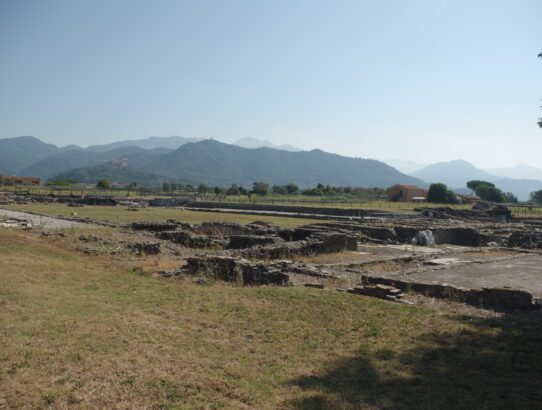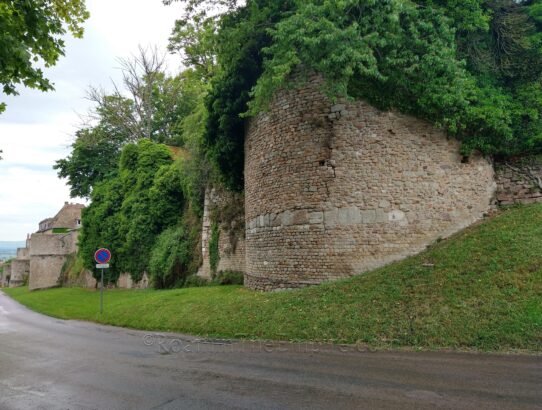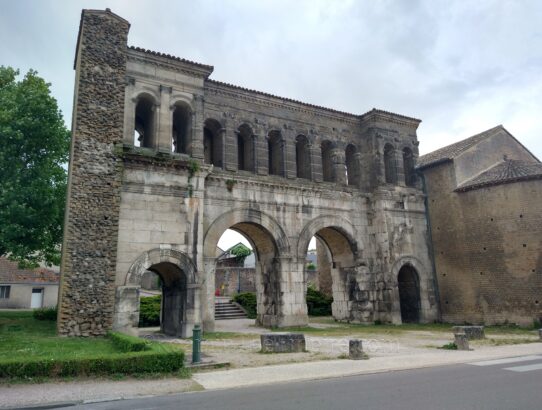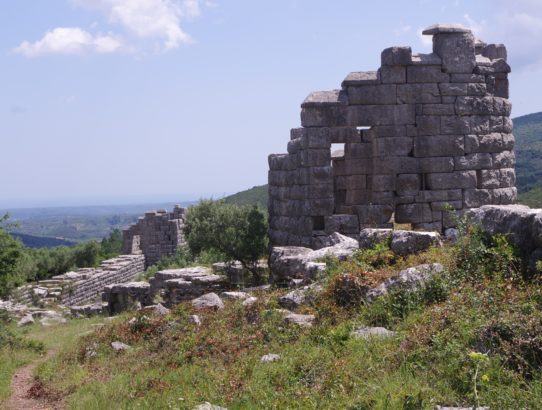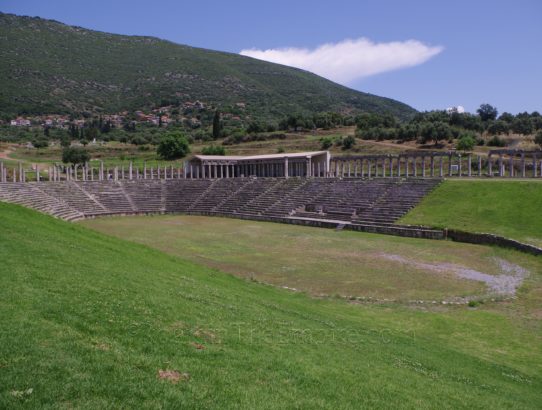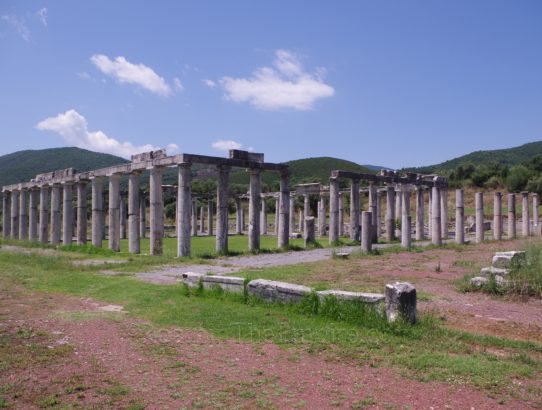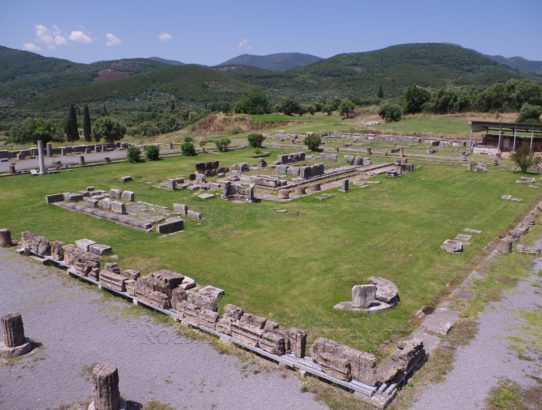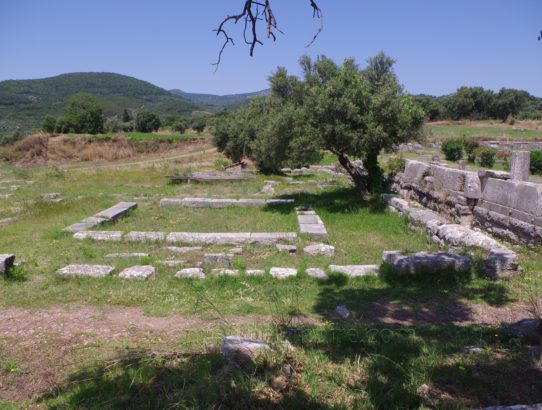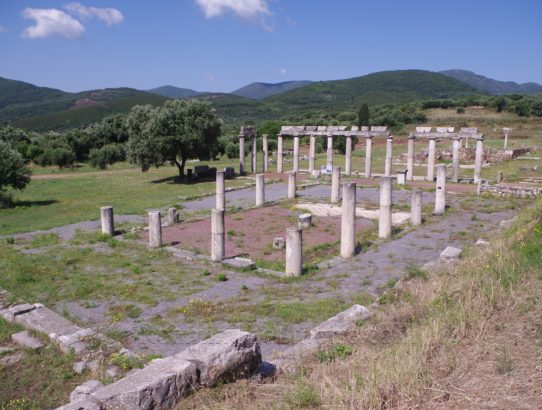Luna, Etruria – Part II
Continued From Luna, Etruria – Part I Also at the southeast corner of the forum, beyond the augusteum, is a large private house known as the Domus degli Affreschi, the House of the Frescoes. The house was originally constructed in the middle of the 1st century BCE before undergoing renovations about 40 CE. It underwent…
Read More


